The artist and writer shares his thoughts on August Sander, Saidiya Hartman, and how a photograph can ‘open up a constellation of linked insights and experiences’.
1. Show us a sample of your work.
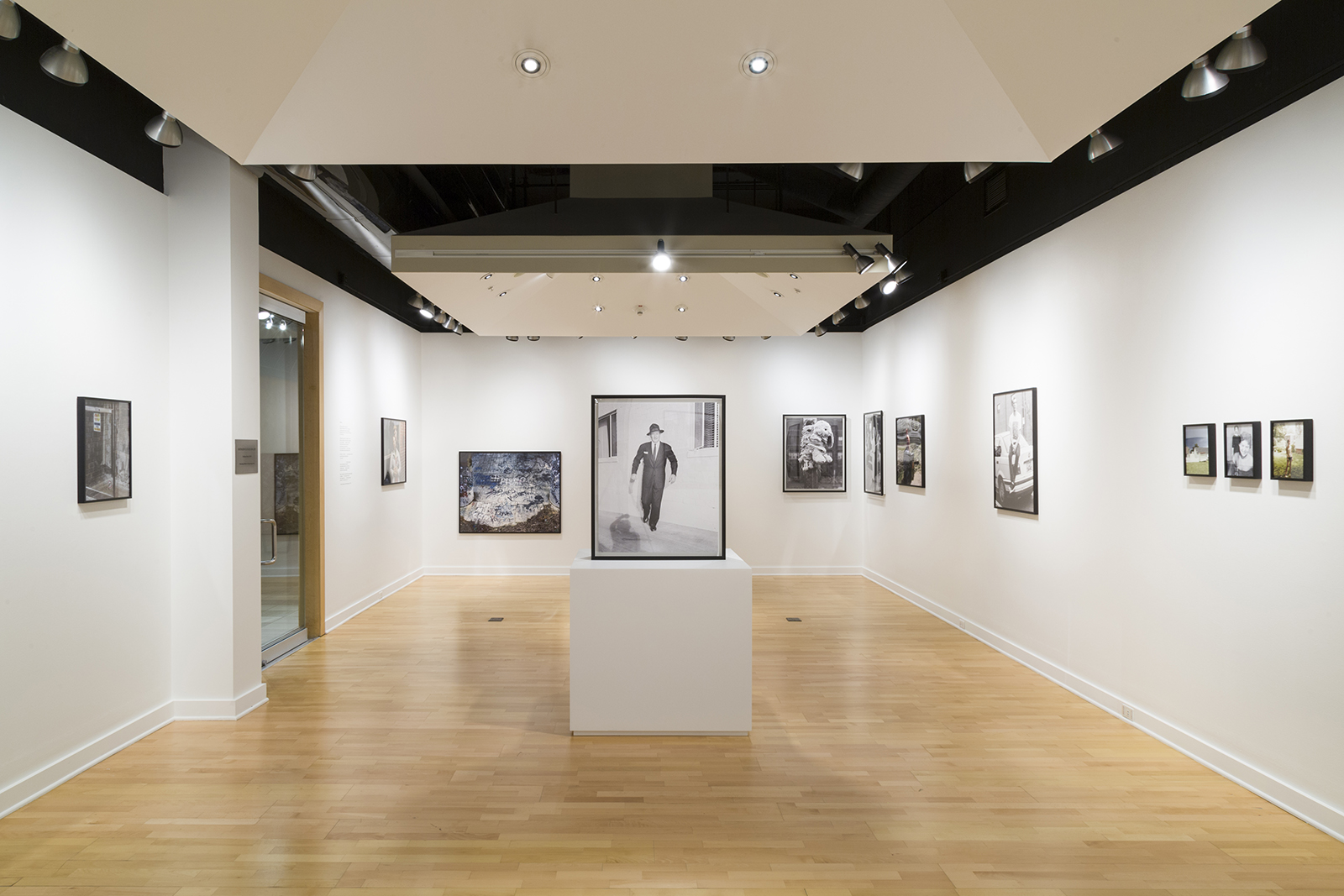


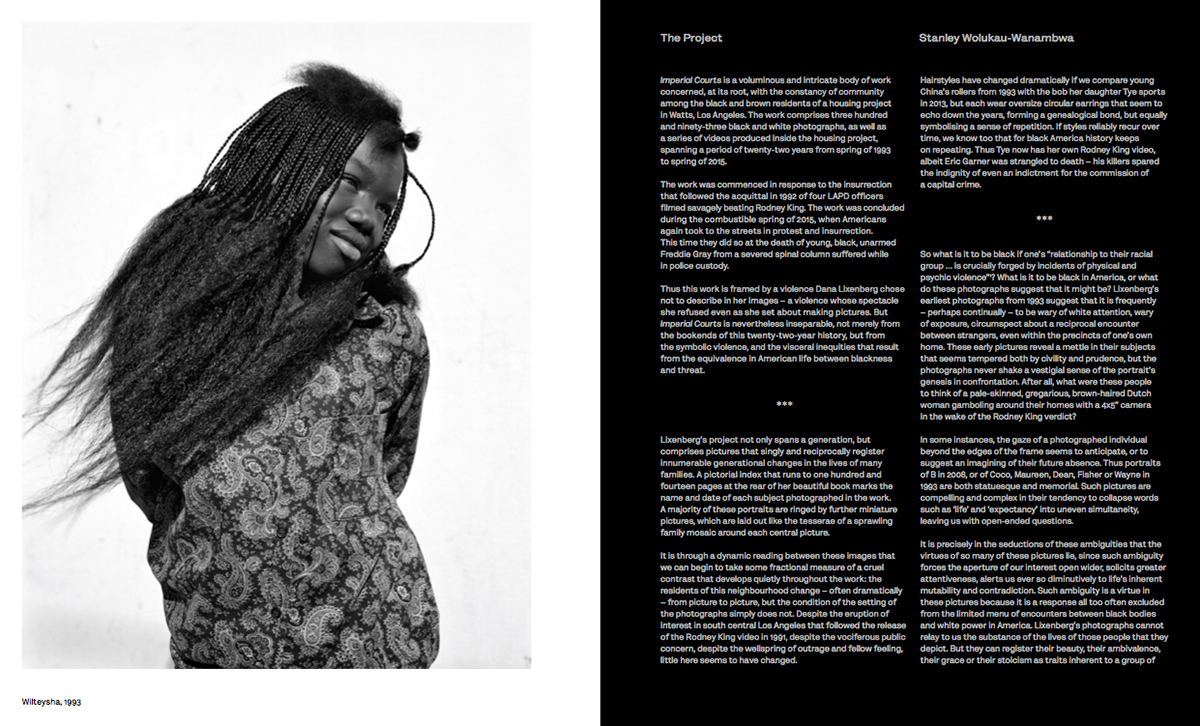
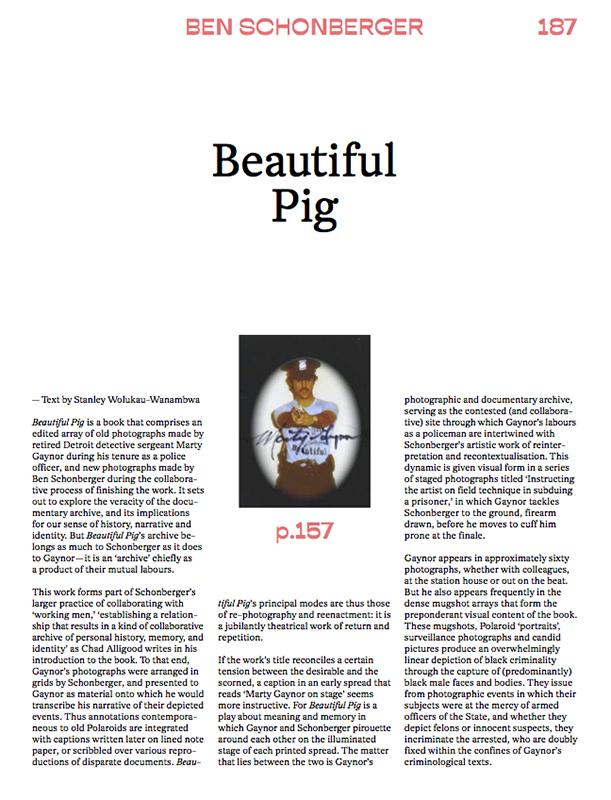
1: An installation shot from my solo show at Light Work last year (photograph by Julie Herman)
2: Re-working an essay for an upcoming book by Ahorn on Ron Jude’s brilliant book “Lago”
3: An installation shot from a two-person contribution together with Daniel Shea to the exhibition “Shadows are cast by things and people” at the Australian Center for Photography, curated by Jack Harries
4: Spreads from this year’s Deutsche Börse Photography Foundation Prize 2017 catalogue, to which I contributed an essay on Dana Lixenberg’s extraordinary project “Imperial Courts”
5: An essay in the upcoming TALENT issue of FOAM magazine on Ben Schonberger’s book “Beautiful Pig”
2. What research is currently most informing your practice?
Afro-pessimism / Black optimism
3. Which photograph are you obsessed with right now and why?
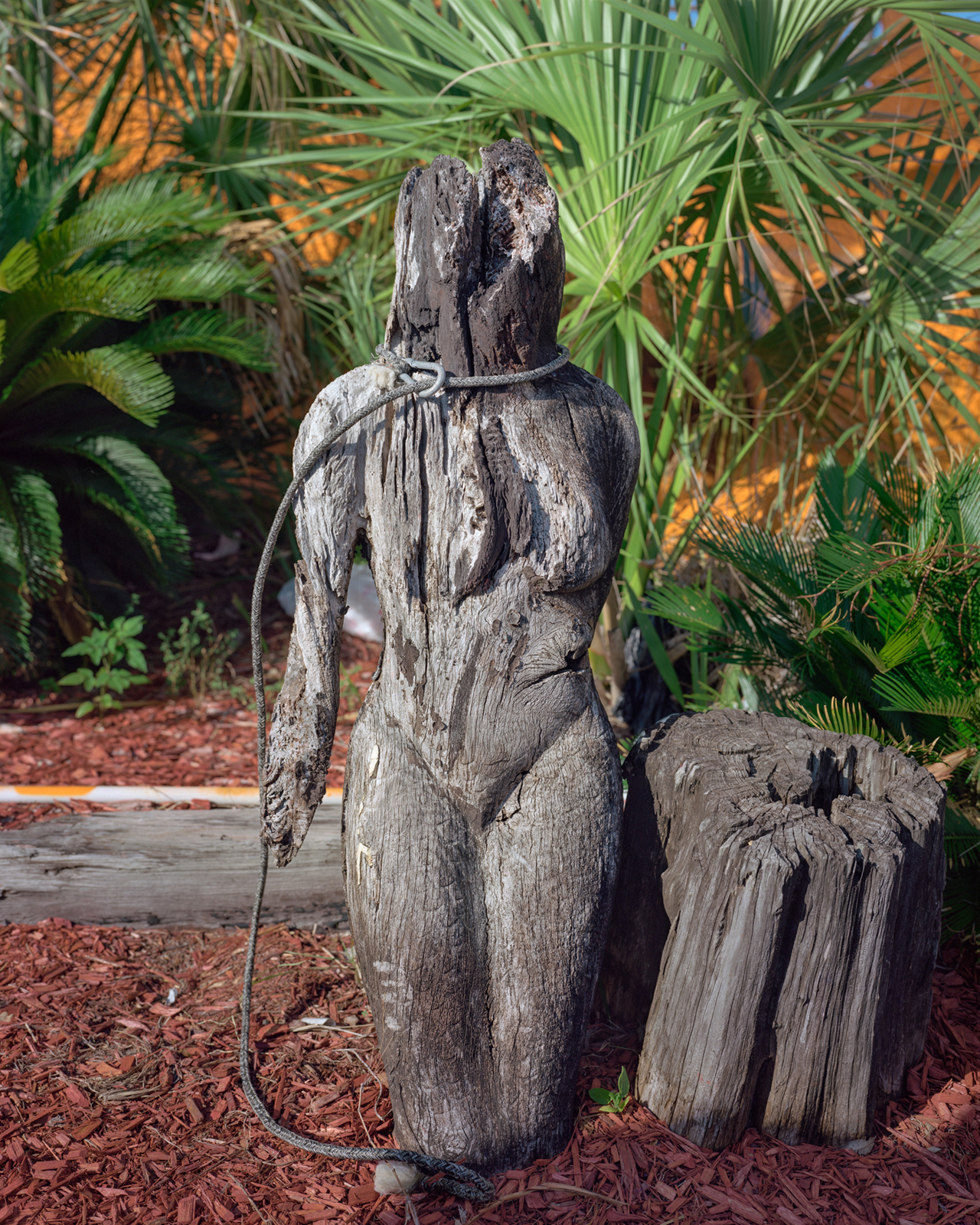
This photograph by Brian Ulrich (“Panama City Beach, FL 2016”) has been on my mind most of the last year or so, and it has been an especially insistent part of my daily life over the last four months or so. I spend a lot of time just remembering it ‘blindly,’ but I also carry it on my phone and look at it there often as well. I’m working on bullying/bribing him into giving me a print (this interview will likely *not* help me in that endeavor).
But to be serious for a moment, the photograph is extraordinarily important to me, and I think Saidiya Hartman clarifies (with an assist from Hortense Spillers) some of the ways we can and should grapple with it in a couple of essays. In “The Belly of the World: A Note on Black Women’s Labors” she writes the following:
“In North America, the future of slavery depended upon black women’s reproductive capacity as it did on the slave market. The reproduction of human property and the social relations of racial slavery were predicated upon the belly. Plainly put, subjection was anchored in black women’s reproductive capacities. The captive female body, according to Spillers, “locates precisely a moment of converging political and social vectors that mark the flesh as a prime commodity of exchange.”
Hartman’s essay and Brian’s photograph date from the same year, and while Hartman (and Spillers) are plainly not describing the photograph, they are describing precisely what I would argue that it potentially depicts, or what it is that the photograph helps me to see. In Hartman’s essay “Venus in Two Acts” she again seems to touch on Brian’s picture, or at least on my sense of its particular urgency and articulacy, when she writes:
“We stumble upon her in exorbitant circumstances that yield no picture of the everyday life, no pathway to her thoughts, no glimpse of the vulnerability of her face or of what looking at such a face might demand. We only know what can be extrapolated from an analysis of the ledger or borrowed from the world of her captors and masters and applied to her. (…) One cannot ask, “Who is Venus?” because it would be impossible to answer such a question.”
But Hartman reminds us toward the end of her essay that:
“The necessity of trying to represent what we cannot, rather than leading to pessimism or despair must be embraced as the impossibility that conditions our knowledge of the past and animates our desire for a liberated future.”
I’m able to live with these complex demands through and with Brian’s photograph. Looking at it opens up a constellation of linked insights and experiences that I’ve found in prose, in cinema, in poetry, or in theory, any and all of which are startled into life for me by the picture’s tendency to simultaneously reveal and obscure the facts and forces that it describes. It’s a freedom dream, and the world is a far richer place because he made a photograph that struggles against such impossible/impassable limits.
4. What video can you not stop watching?
5. Can you give us five links to things you think we should know about?
I don’t know who I’m speaking to as I write these answers, so I really can’t presume to tell ‘them’/’you’ what I think you “should know about.” I can’t find a way to do that that doesn’t feel very wrong to me. Sorry!
6. How many photos do you have right now on your phone? Please share one…and feel free to give us some context if you feel like it.
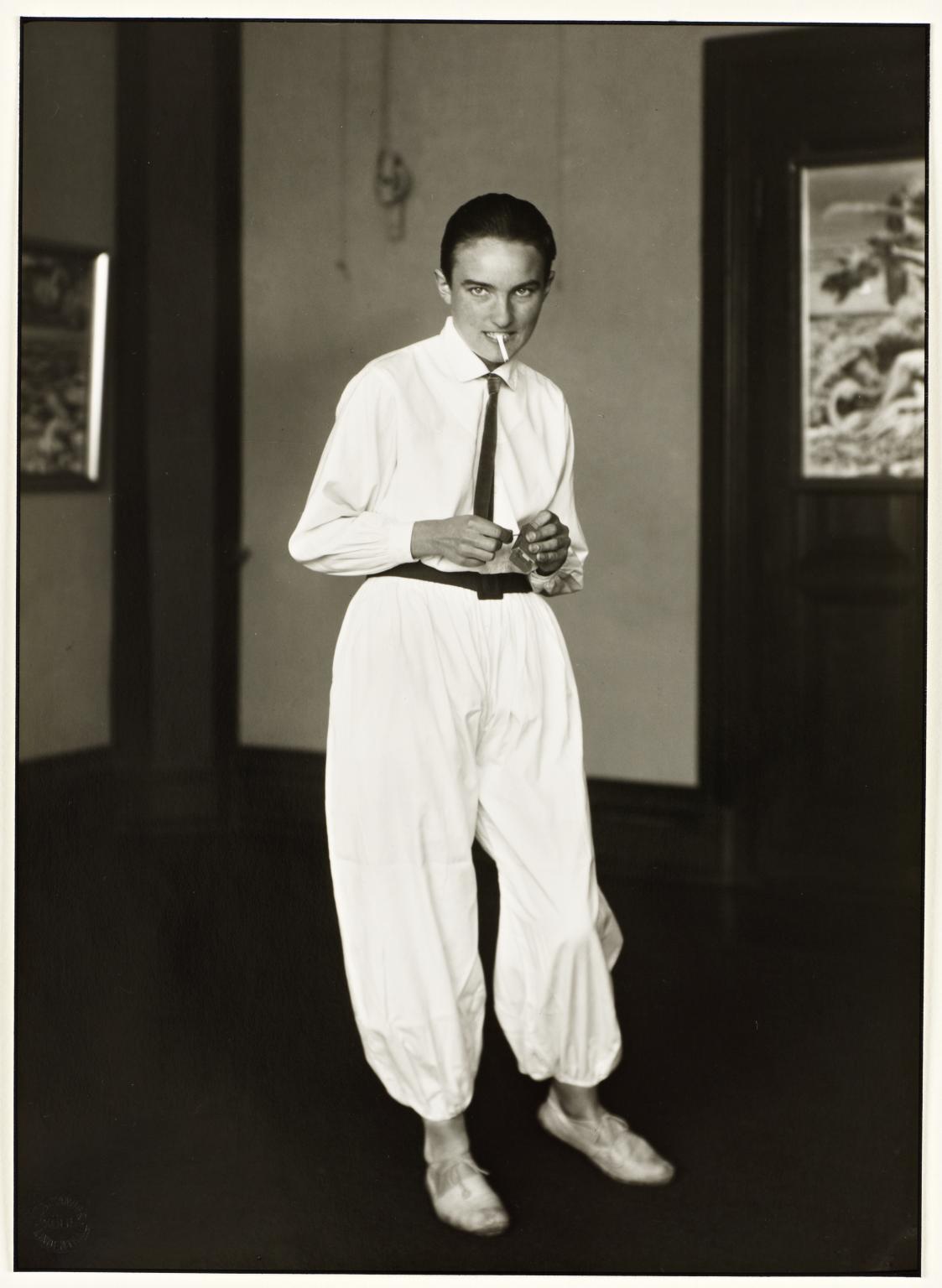
Apparently I have 2,662 photographs on my phone, which sounds like too many – time for a purge! I saw a badly dinged (and not so expertly spotted) print of this photograph at a big showing of Sander’s portraits at Hauser & Wirth this summer in New York. It was one of those wonderful instances where I was reminded that so many things can be categorically ‘wrong’ with a print or with a picture, and yet matter not in the slightest. Those portraits were extraordinary, and this one won’t let me settle. I think I’ll remember Helene Abelen for the rest of my life.
7. Can you send us a pic of your desk/workspace?

8. What is the most coveted photo book you own and why?
There isn’t one.
9. What concerns you?
Whether I can make a life in the United States without letting hate into my heart.
10. What makes you happy?
About Stanley: My name is Stanley, I live and work in New York. I make photographs, write about them and teach about them for a living. For reasons passing all understanding I’m an Arsenal fan, now and always (God save me).